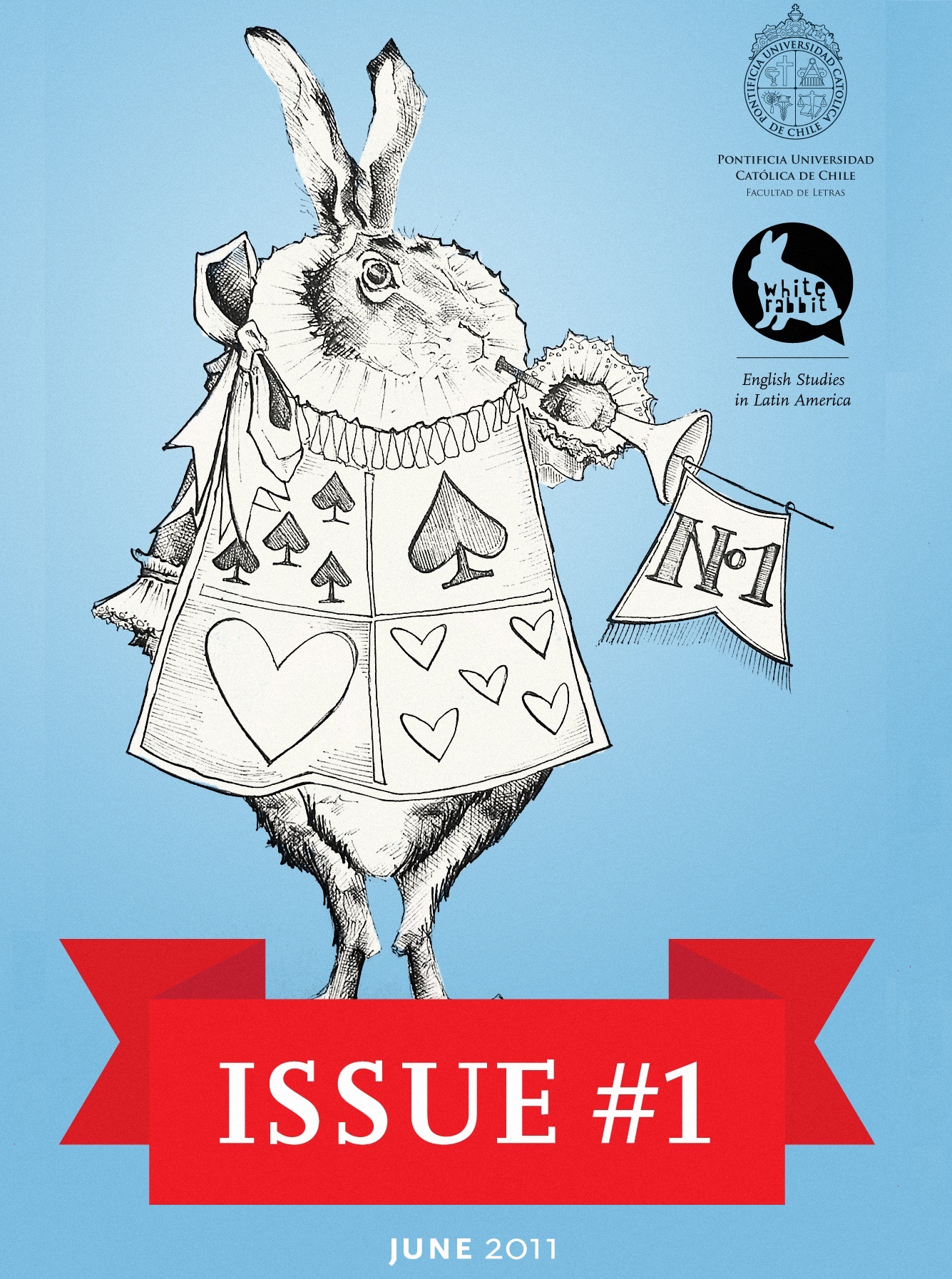Challenging Christopher´s “Disability” to Communicate Properly in Mark Haddon’s The Curious Incident of the Dog in the Night-time
DOI:
https://doi.org/10.7764/ESLA.61873Keywords:
IMAGETEXT, ASPERGER'S SYNDROME, COMMUNICATION, GRAPHIC REPRESENTATION, THE CURIOUS INCIDENT OF THE DOG IN THE NIGHT-TIMEAbstract
The present paper is a critical review of Mark Haddon’s novel The Curious Incident of the Dog in the Night-time.Many reviewers have claimed that Christopher Bloom has a disability to decipher, to comprehend and to depict objects, actions and other phenomena due to his condition, since he has Asperger’s syndrome. In opposition to this idea, a research ofparticular types of graphic representation used by the narrator reveals that he does not merely replace troublesome words, but masterly uses pictures to represent the truth. Theoretically speaking, he succeeds in the process of creating Mitchell’s imagetext, which is the perfect interplay of both terms that result in a new reinforced meaning. Even more so, by using these ways of representation, which are illustration, approximation and truthful representation, Christopher is able to guide the reader in the complex comprehension process. That is, his level of textual consciousness allows us torefute the idea of Christopher as a person who is incapable of communicating.
Downloads
Downloads
Published
How to Cite
Issue
Section
License

This work is licensed under a Creative Commons Attribution-NonCommercial-NoDerivatives 4.0 International License.


